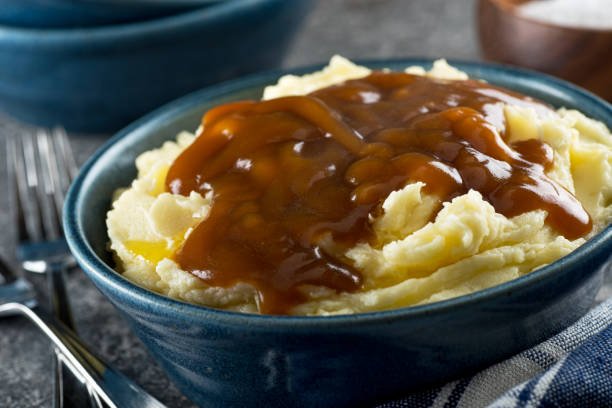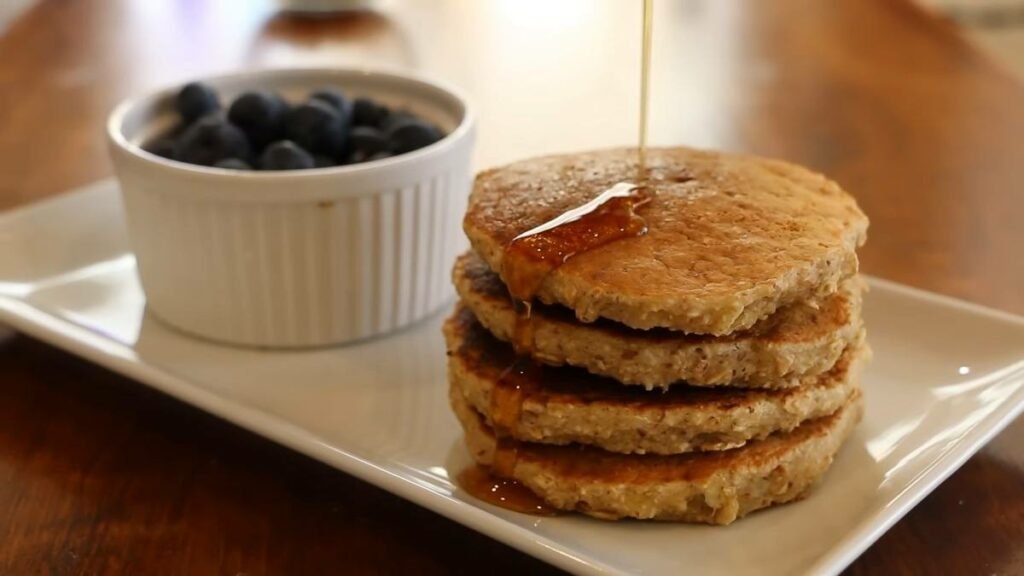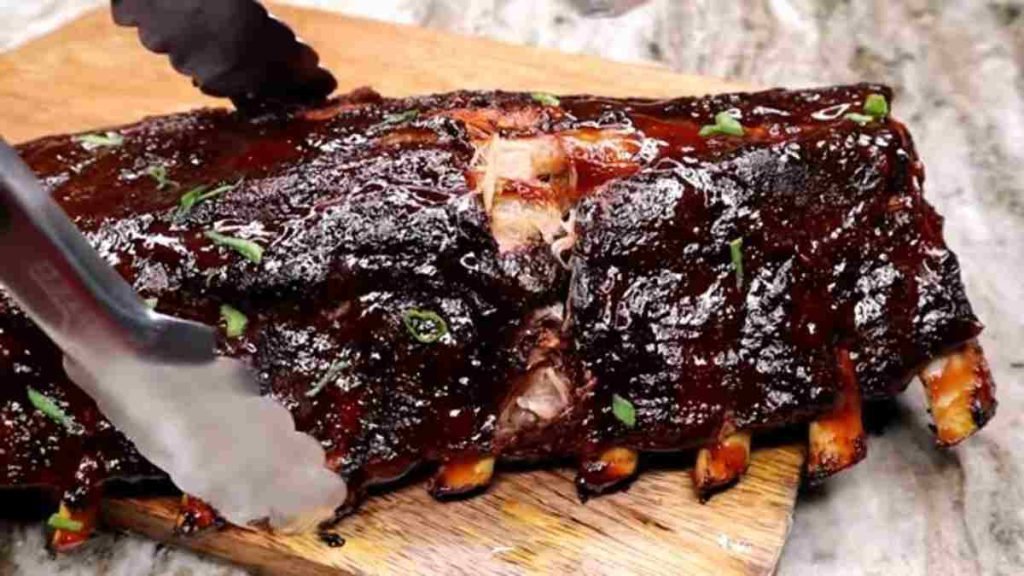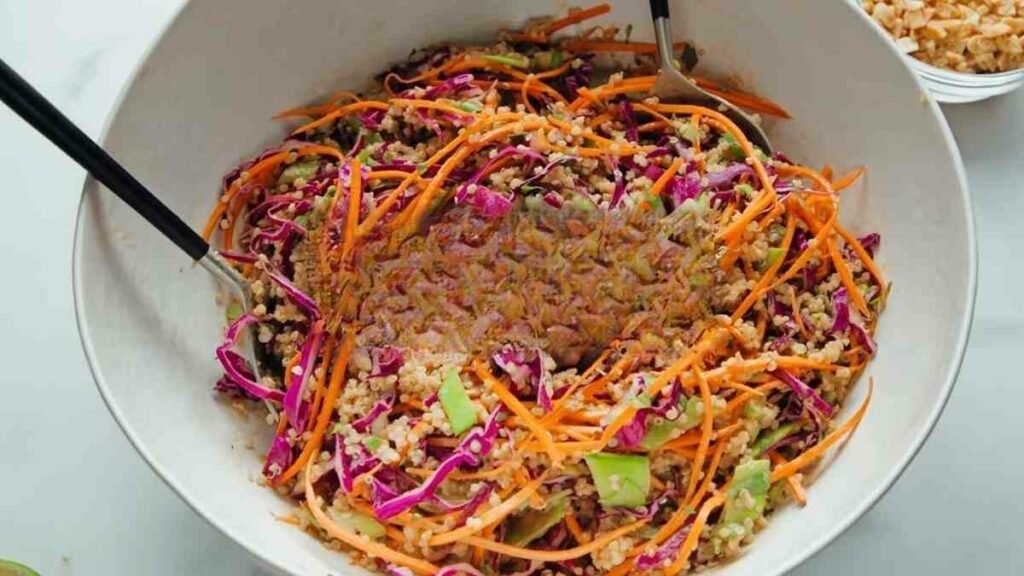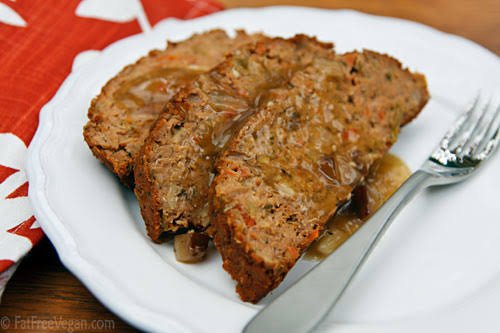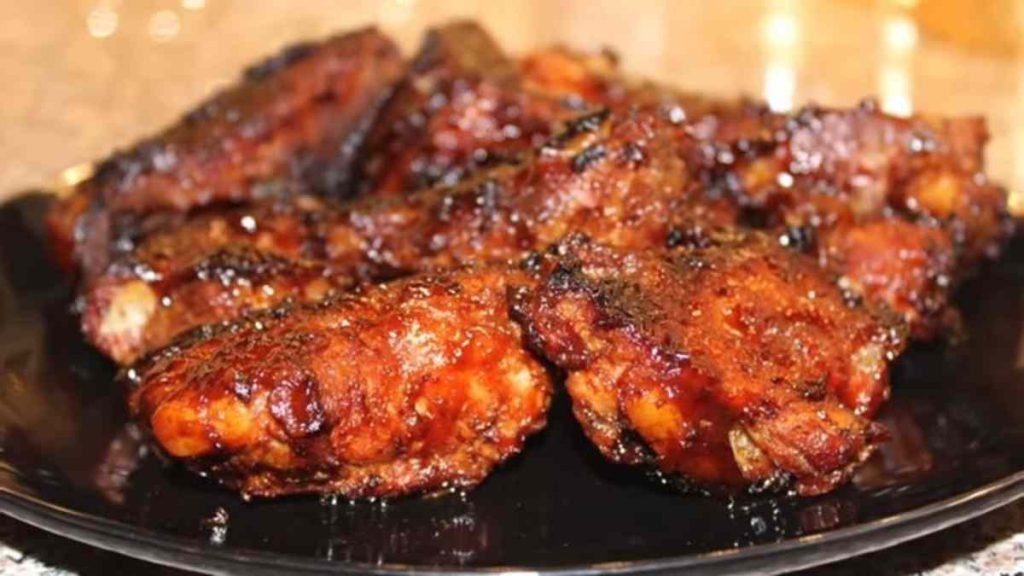Originating from the sun-kissed land of Greece, Souvlaki is a cherished street food that has become a staple in Greek culture and an emblem of their gastronomic heritage.
Traditionally made with skewered and grilled pork, Souvlaki has evolved to embrace a variety of proteins, with beef emerging as a popular alternative. This adaptation not only adds a rich depth of flavour but also allows for a tender and juicy texture that is simply irresistible.
When the marinated beef is grilled to perfection, the result is a tender, juicy, and charred exterior that encapsulates the flavoured souvlaki beef interior. The combination of high-quality beef and the infusion of Greek herbs and spices creates a harmonious balance of savoury and tangy notes. What sets Souvlaki Beef apart from other grilled meat dishes is its ability to satisfy a wide range of palates. While the traditional Souvlaki is made with pork, the adaptation using beef offers a distinct flavour profile that appeals to a wider audience of meat lovers seeking a heartier option.
Ingredients For Souvlaki Beef
ingredients required to prepare Souvlaki Beef with suggestions on quantities to use for your souvlaki beef dish:
Beef:
- 2 pounds (900 grams) of beef, preferably tender cuts like sirloin or ribeye, trimmed of excess fat and cut into 1-inch cubes.
Marinade:
- 1/4 cup olive oil
- 1/4 cup freshly squeezed lemon juice
- 4 cloves of garlic, minced
- 2 tablespoons red wine vinegar
- 2 teaspoons dried oregano
- 1 teaspoon dried thyme
- 1 teaspoon paprika
- 1/2 teaspoon salt
- 1/2 teaspoon black pepper
Tzatziki Sauce (for serving):
- 1 cup Greek yoghurt
- 1/2 cucumber, peeled, seeded, and finely grated
- 2 cloves of garlic, minced
- 1 tablespoon extra virgin olive oil
- 1 tablespoon freshly squeezed lemon juice
- 1 tablespoon fresh dill, chopped (optional)
- Salt and pepper to taste
Accompaniments (optional):
- Warm pita bread
- Sliced tomatoes
- Sliced red onions
- Fresh parsley, chopped
- Lemon wedges
Step-by-Step Guide For Souvlaki Beef Recipe Cooking Direction
Step-by-step cooking guide to prepare the mouthwatering Souvlaki Beef recipe:
Step 1: Prepare the Beef
Start by trimming any excess fat from the beef and cut it into 1-inch cubes. This will ensure even cooking and optimal tenderness.
Step 2: Create the Marinade
In a mixing bowl, combine olive oil, freshly squeezed lemon juice, minced garlic, red wine vinegar, dried oregano, dried thyme, paprika, salt, and black pepper.
Whisk the ingredients together until well combined. This flavorful marinade will infuse the beef with a harmonious blend of Mediterranean flavours.
Step 3: Marinate the Beef
Place the cubed beef into a shallow dish or a resealable plastic bag. Pour the marinade over the beef, ensuring all the pieces are well coated.
Massage the marinade into the beef to ensure it is evenly distributed. Cover the dish or seal the bag, and let it marinate in the refrigerator for at least 2 hours, or ideally overnight. This allows the flavours to penetrate the meat and tenderize it.
Step 4: Preheat the Grill
Preheat your grill to medium-high heat. Make sure the grates are clean and lightly oiled to prevent the beef from sticking.
Step 5: Skewer the Beef
If using wooden skewers, soak them in water for about 30 minutes before grilling to prevent them from burning. Thread the marinated beef cubes onto the skewers, leaving a little space between each piece to ensure even cooking.
Step 6: Grill the Souvlaki Beef
Place the skewers of beef onto the preheated grill. Cook for approximately 10-12 minutes, turning occasionally to ensure all sides are evenly grilled.
The beef should be slightly charred on the outside and cooked to your desired level of doneness on the inside. Keep in mind that cooking times may vary depending on the thickness of the beef and the intensity of your grill.
Step 7: Prepare the Tzatziki Sauce
While the beef is grilling, you can prepare the refreshing tzatziki sauce. In a bowl, combine Greek yoghurt, grated cucumber, minced garlic, extra virgin olive oil, freshly squeezed lemon juice, chopped fresh dill (optional), and season with salt and pepper to taste. Stir well to combine all the ingredients. Adjust the flavours according to your preference.
Step 8: Serve the Souvlaki Beef
Once the beef skewers are cooked to perfection, remove them from the grill and let them rest for a few minutes. This allows the juices to be redistributed, resulting in tender and juicy beef. Serve the Souvlaki Beef skewers on a platter, garnished with fresh parsley for added freshness.
Accompany them with warm pita bread, sliced tomatoes, sliced red onions, and a side of tzatziki sauce. Squeeze a lemon wedge over the beef for an extra burst of tanginess.
Equipment For Preparing Souvlaki Beef Recipe
To prepare the Souvlaki Beef recipe, you will need the following equipment:
Grill (Charcoal or Gas)
A grill is essential for achieving that distinct charred and smoky flavour in the Souvlaki Beef. You can use either a charcoal grill or a gas grill, depending on your preference and availability. Both options will work well for grilling the beef skewers.
Skewers
Skewers are used to thread the marinated beef cubes and grill them evenly. You can use metal skewers or wooden skewers. If using wooden skewers, it’s recommended to soak them in water for about 30 minutes before grilling to prevent them from burning.
Mixing Bowls
You will need a few mixing bowls for various purposes, such as preparing the marinade and mixing the ingredients for the tzatziki sauce. Ensure that the bowls are large enough to accommodate the ingredients and allow for easy mixing.
Shallow Dish or Resealable Plastic Bag
A shallow dish or a resealable plastic bag is necessary for marinating the beef. Choose a dish or bag that can comfortably hold the beef cubes and allow them to be fully coated with the marinade. This will ensure proper flavour infusion.
Knife and Cutting Board
You’ll need a sharp knife and a cutting board to trim excess fat from the beef and cut it into 1-inch cubes. Ensure that your knife is suitable for slicing through meat easily and safely.
Grill Tongs or Spatula
Grill tongs or a spatula will come in handy for flipping the beef skewers on the grill. They allow you to handle the hot skewers safely and ensure even cooking on all sides.
Grill Brush
A grill brush is useful for cleaning the grill grates before and after cooking. It helps remove any food residue or debris, ensuring a clean surface for grilling and preventing sticking.
Serving Platter and Plates
Choose a platter to present the cooked Souvlaki Beef skewers. This can be a large serving dish or a decorative platter. Additionally, have plates ready for serving individual portions.
Tips & Tricks for the Perfect Souvlaki Beef Recipe
Tips for preparing delicious souvlaki beef
Choose the Right Cut of Beef
Opt for tender cuts of beef like sirloin or ribeye for the best texture and flavour. These cuts are known for their tenderness and are well-suited for grilling. Avoid tougher cuts as they may result in chewy meat.
Marinate Overnight
For the most flavorful and tender results, marinate the beef overnight if possible. This allows the marinade to fully penetrate the meat, enhancing its taste and tenderness. If you’re short on time, marinate for at least 2 hours, but longer is always better.
Don’t Over-Marinate
While marinating is essential, avoid over-marinating the beef. Over-marinating can result in a mushy texture due to the acidic ingredients in the marinade. Aim for a balance by marinating for the recommended time and not exceeding it.
Maintain Consistent Cube Sizes
When cutting the beef into cubes, ensure that they are relatively uniform in size. This will promote even cooking and prevent some pieces from being undercooked while others become overcooked.
Preheat the Grill Properly
It’s crucial to preheat your grill to medium-high heat before grilling the Souvlaki Beef. This ensures that the beef cooks evenly and develops a desirable charred exterior while retaining its juiciness.
Keep an Eye on Cooking Time
Be mindful of the cooking time to avoid overcooking the beef. Cooking times may vary depending on the thickness of the beef and the intensity of your grill. Regularly check for the desired doneness by testing a cube with a meat thermometer or cutting it into a piece to check the colour.
Use Skewers Wisely
If using wooden skewers, soak them in water for about 30 minutes before grilling. This prevents them from burning on the grill. When threading the beef onto the skewers, leave a little space between the cubes to ensure even cooking.
Rest the Cooked Beef
Once the beef skewers are cooked, allow them to rest for a few minutes before serving. This resting period allows the juices to redistribute, resulting in a more tender and flavorful result.
Serve with Fresh Accompaniments
The accompaniments play a crucial role in enhancing the overall flavour and experience of Souvlaki Beef. Serve the grilled beef with fresh and vibrant ingredients such as warm pita bread, sliced tomatoes, sliced red onions, and a refreshing tzatziki sauce. These accompaniments complement the beef and add layers of texture and freshness.
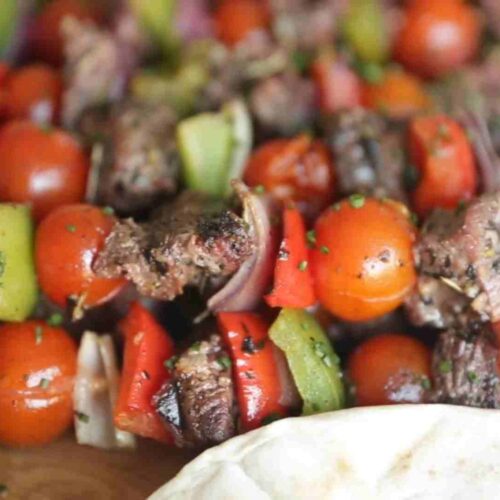
Beef Souvlaki Kebabs with Tzatziki Sauce
Equipment
- Grill (Charcoal or Gas)
- Skewers
- Mixing bowls
- Shallow Dish or Resealable Plastic Bag
- Knife and cutting board.
- Grill Tongs or Spatula
- Grill Brush
- Serving Platter and Plates
Ingredients
- 2 pounds (900 grams) of beef, cut into 1-inch cubes
- 1/4 cup olive oil
- 1/4 cup freshly squeezed lemon juice
- 4 cloves garlic, minced
- 2 tablespoons red wine vinegar
- 2 teaspoons dried oregano
- 1 teaspoon dried thyme
- 1 teaspoon paprika
- 1/2 teaspoon salt
- 1/2 teaspoon black pepper
- Warm pita bread
- Sliced tomatoes
- Sliced red onions
- Fresh parsley, chopped
- Lemon wedges
Instructions
- In a mixing bowl, combine olive oil, lemon juice, minced garlic, red wine vinegar, dried oregano, dried thyme, paprika, salt, and black pepper. Whisk to create the marinade.
- Place the beef cubes in a shallow dish or resealable plastic bag. Pour the marinade over the beef, ensuring all the pieces are well coated. Massage the marinade into the beef.
- Cover the dish or seal the bag and refrigerate for at least 2 hours, or overnight for optimal flavor infusion.
- Preheat the grill to medium-high heat.
- Thread the marinated beef cubes onto skewers, leaving space between each piece.
- Place the skewers on the preheated grill. Cook for 10-12 minutes, turning occasionally, until the beef is slightly charred on the outside and cooked to your desired doneness.
- Remove the beef skewers from the grill and let them rest for a few minutes.
- Serve the Souvlaki Beef on a platter, garnished with fresh parsley. Accompany with warm pita bread, sliced tomatoes, sliced red onions, and lemon wedges.
Video
Nutritional Benefits of Beef Souvlaki Kebabs
These Greek-inspired kebabs are not only bursting with flavour but also offer a host of nutritional benefits that make them a great addition to any diet
1. Lean Protein Powerhouse
Beef souvlaki kebabs are primarily made from lean cuts of beef, which provide a substantial amount of protein. Protein is essential for muscle repair and growth, as well as for maintaining a feeling of fullness, making these kebabs an excellent choice for those seeking to boost their protein intake.
2. Abundant in Vitamins and Minerals
These kebabs are often seasoned with a variety of herbs and spices, such as oregano, garlic, and paprika. These seasonings not only enhance the flavour but also contribute vitamins and minerals like vitamin C, iron, and potassium, all of which are beneficial for overall health.
3. Healthy Fats from Tzatziki
Tzatziki sauce, a traditional Greek condiment made from yoghurt, cucumber, and garlic, adds a creamy and refreshing element to the dish. The yoghurt in tzatziki provides probiotics for gut health and contains healthy fats, which are good for the heart.
4. Balanced Carbohydrates
The pita bread often served with beef souvlaki kebabs offers carbohydrates for energy, creating a well-rounded meal that can sustain you throughout the day.
5. Rich in Fiber
Kebabs are often accompanied by vegetables like tomatoes, onions, and lettuce, which are rich in dietary fibre. Fiber aids digestion, helps control blood sugar levels, and supports a healthy weight.
What to Serve With Beef Souvlaki Kebabs
To create a complete and satisfying meal, you’ll want to pair them with the perfect side dishes.
- Tzatziki Sauce and Pita Bread
- Greek Salad
- Roasted Vegetables
- Rice or Tabbouleh
- Hummus and Falafel
- Lemon Potatoes
- Dolmades (Stuffed Grape Leaves)
- Garlic Butter Shrimp
Beef Souvlaki Kebabs Storage Tips
To ensure you can enjoy their deliciousness even after cooking, it’s important to know how to store them properly.
1. Allow the Kebabs to Cool
After cooking, let your beef souvlaki kebabs cool to room temperature before storing them. This prevents condensation inside the storage container, which can lead to sogginess.
2. Use Airtight Containers
Invest in airtight containers to store your kebabs. This helps keep air out and locks in the flavours and moisture. You can also use resealable plastic bags for individual portions.
3. Separate Layers with Parchment Paper
If you’re stacking kebabs in a container, place a sheet of parchment paper between each layer. This prevents the kebabs from sticking together and preserves their texture.
4. Label and Date
For better organization, label the container with the date you cooked the kebabs. This ensures you can easily keep track of their freshness and prevents accidentally consuming older portions.
5. Refrigeration for Short-Term Storage
If you plan to consume the kebabs within a few days, store them in the refrigerator. Remember that refrigeration is best for short-term storage.
6. Freezing for Longer Shelf Life
For extended storage, freezing is your best bet. Place the kebabs in an airtight container or resealable bag, ensuring there’s minimal air inside. You can freeze them for up to three months.
What other sauces can I serve with Souvlaki Beef?
When serving Souvlaki Beef, there are numerous sauces beyond the classic Tzatziki. Options like hummus, tahini, chimichurri, harissa, and yoghurt-based sauces, such as mint or cilantro, offer a diverse array of flavours to enhance your grilled meat.
Fruit chutneys and fresh salsa bring sweet and tangy elements to the dish, while mustard-based sauces like Dijon or grainy mustard provide a tangy and slightly spicy contrast. Your choice of sauce should align with your taste preferences and the flavour profile you wish to create, so don’t hesitate to experiment with different options to find your perfect pairing.
Ultimately, these various sauce choices allow you to customize your Souvlaki Beef experience, offering a range of delightful and complementary flavours that cater to your unique palate. Whether you prefer creamy, tangy, spicy, or sweet, there’s a sauce that can elevate your Souvlaki Beef and make it an even more enjoyable culinary adventure.
Can I Make Souvlaki Beef Without a Grill?
Yes, you can make souvlaki beef without a grill by using alternative cooking methods. Skewer baking in the oven, stovetop pan cooking, broiling, and oven roasting are all viable options. For skewer baking, simply thread marinated beef and bake in a preheated oven.
Stovetop pan cooking involves searing the skewers in a skillet. Broiling, on the other hand, allows you to achieve that charred effect in the oven’s top rack, and oven roasting is an option for those who prefer an alternative to grilling. While these methods may lack the grill’s smokiness, they can still yield tender and flavorful souvlaki beef, and it’s essential to monitor cooking times closely to avoid overcooking.
How Do I Know When the Beef Is Cooked?
Determining when beef is cooked to perfection involves several methods. The most accurate is using a meat thermometer, with temperatures around 130-135°F for medium-rare, 140-145°F for medium, and 150-155°F for medium-well.
Visual inspection considers the colour, with bright red for rare, warm red or pink for medium-rare, pink with hints of brown for medium, and mostly brown with a slightly pink centre for medium-well. The texture and feel of the beef are also indicative, ranging from soft for rare to firm with resistance for medium. A cutting test can confirm the colour inside, aligning with your desired doneness.





